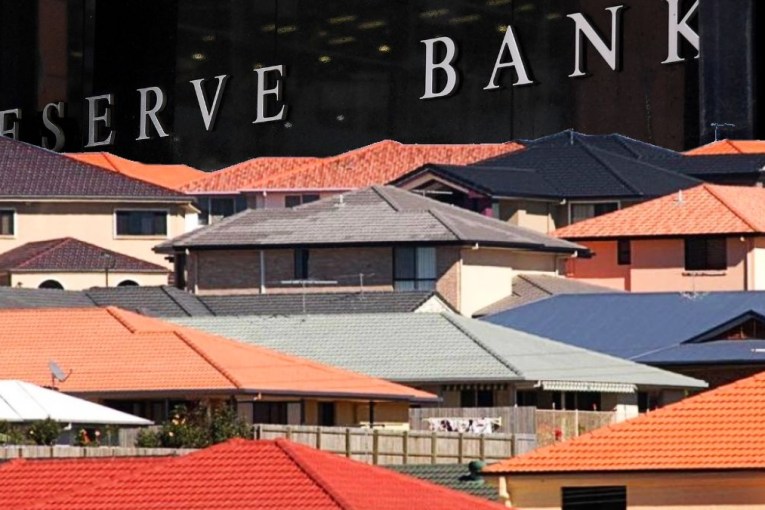Why few people cheer a bursting property bubble

Western Australians have long complained about the state's share of the GST. Photo: Getty
New data has illustrated just how reliant the nation is on sustained house price growth.
Roy Morgan Research reported on Tuesday that Australians are less heavily geared on property than in recent years, but that pockets of risk are emerging.
Each year, the polling company compares how much we still owe on our mortgaged properties to how much these homes are worth. It reveals how heavily ‘geared’ or ‘leveraged’ the nation is.
The new figures estimate that home loan balances for the entire nation were 36.1 per cent of home values for the period November 2015 to October 2016 – an improvement from 37.9 per cent in 2011-12. (Remember: a higher percentage is bad, a lower percentage good).
Everywhere across the nation, ‘gearing’ levels are falling as a result of rising prices … except in Western Australia.
However, while modestly improving, gearing levels in South Australia, Queensland and Tasmania remain higher than anywhere else in the nation, WA included.
The fear underlying these figures, even in strongly ‘improved’ areas like Sydney and Melbourne, is that if price growth – the factor that is lowering gearing levels – stalls or reverses then many households may be in serious trouble. For example, if they are forced to sell they might incur a capital loss.
High debt levels may make sense in good times, when home values are rising. It’s a different story if the market corrects.
The Roy Morgan study also estimated that 302,000 borrowers, or about 7 per cent of all mortgage holders, had little or no equity in their homes.
Although this was a slight improvement from 345,000 at the same time in 2015, a spokesman described the figure as still a “considerable risk” to low equity households and their banks.
“With some early signs that home loan rates are rising, the problem is likely to worsen as repayments increase and home values may decline, which has the potential to lower equity levels even further,” Roy Morgan spokesman Norman Morris said.
“Due to the strong growth in house prices in Sydney and Melbourne over recent years, mortgage holders in those areas have high levels of equity but are still dependent on a strong labour market and low interest rates to maintain their strong position.”
This year’s estimates were based on 50,000 interviews conducted by the polling company.
The flipside
As always in property, there are two sides of the story. Sluggish price growth is the fear of mortgagees, but the hope of first-time buyers.

Houses are cheap but jobs scarce in Hobart. Photo: Getty
New data from the Housing Industry Association, also released on Tuesday, illustrates this.
Perth (+2.1 per cent) and Hobart (+1.2 per cent) were the only capital cities to show an improvement in housing affordability in the December quarter, the industry body calculated.
These two capitals also happen to be experiencing higher levels of gearing, according to Roy Morgan – which shows the classic tradeoff between new buyers and existing borrowers.
Affordability worsened in Melbourne (-11.6 per cent), Canberra (-10.7 per cent) and Sydney (-7.3 per cent), the HIA found. It measured this by comparing the typical size of mortgage repayments to earnings.
“Nationally, housing affordability has managed to move in the wrong direction in many major cities despite the fact that interest rates are at a very low levels,” HIA senior economist Shane Garrett said.
* This post has been updated to include Queensland data









